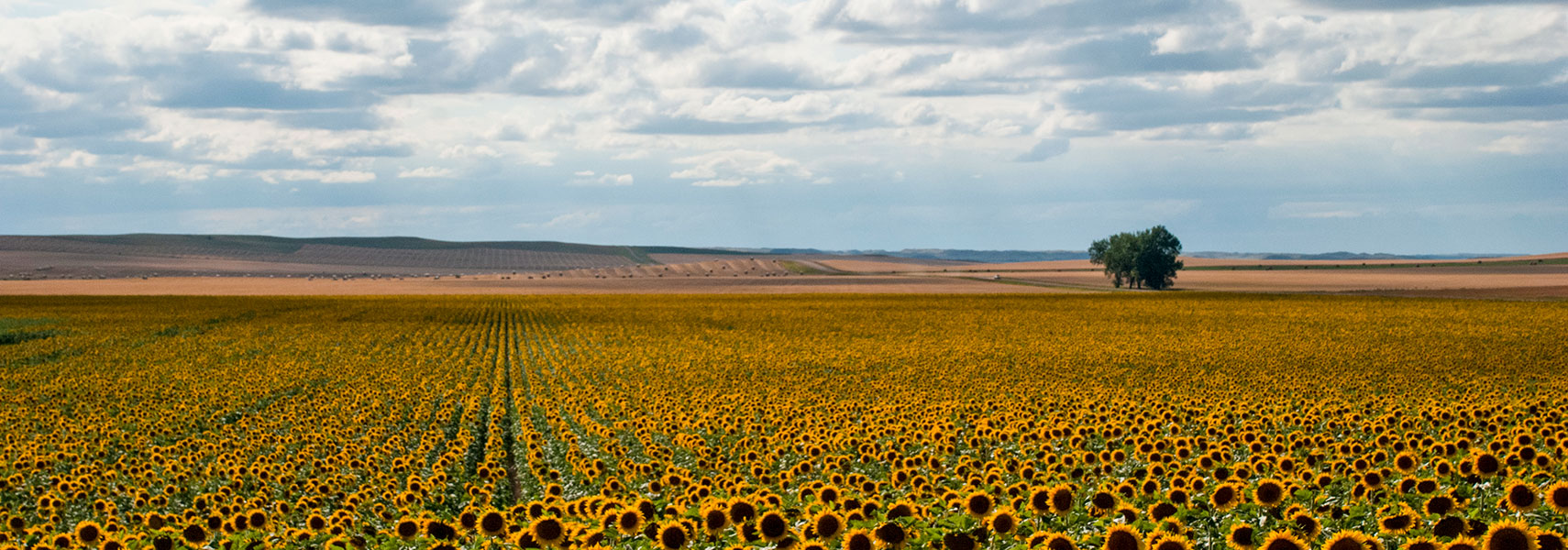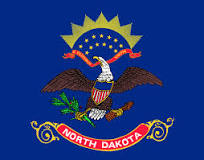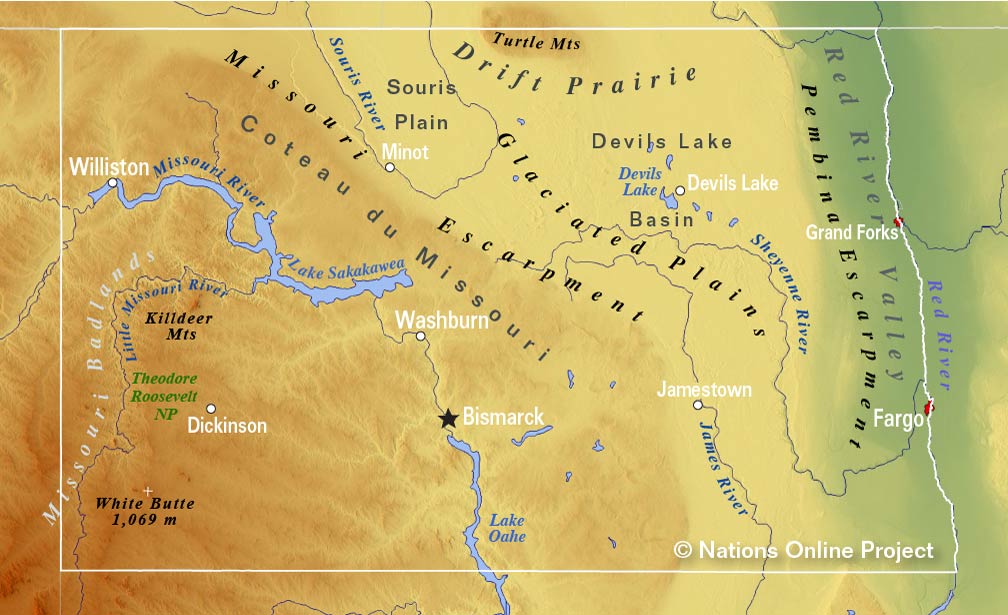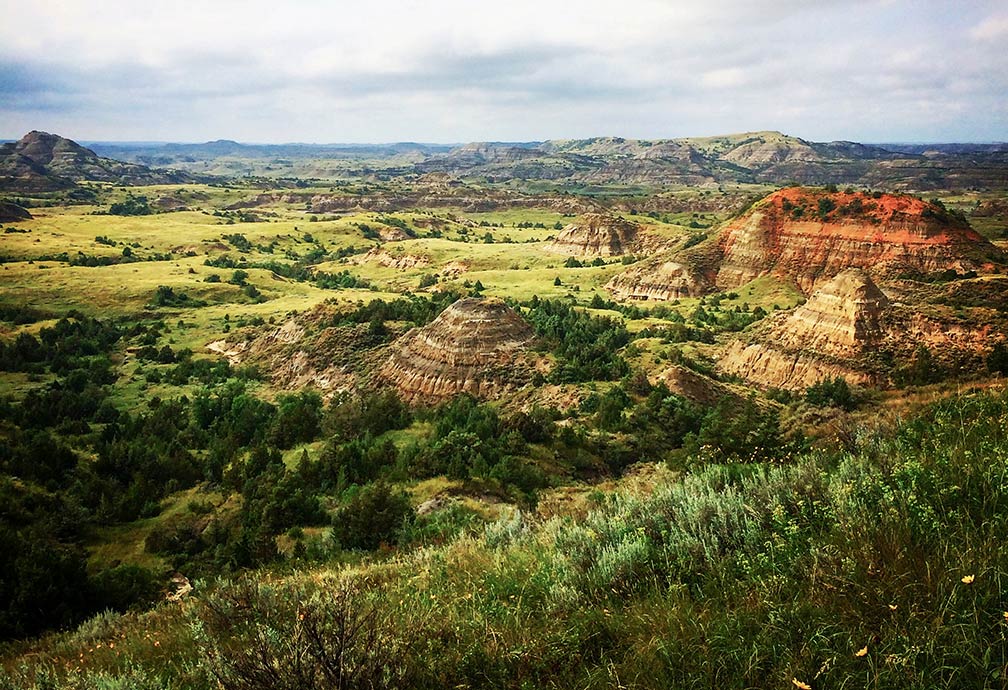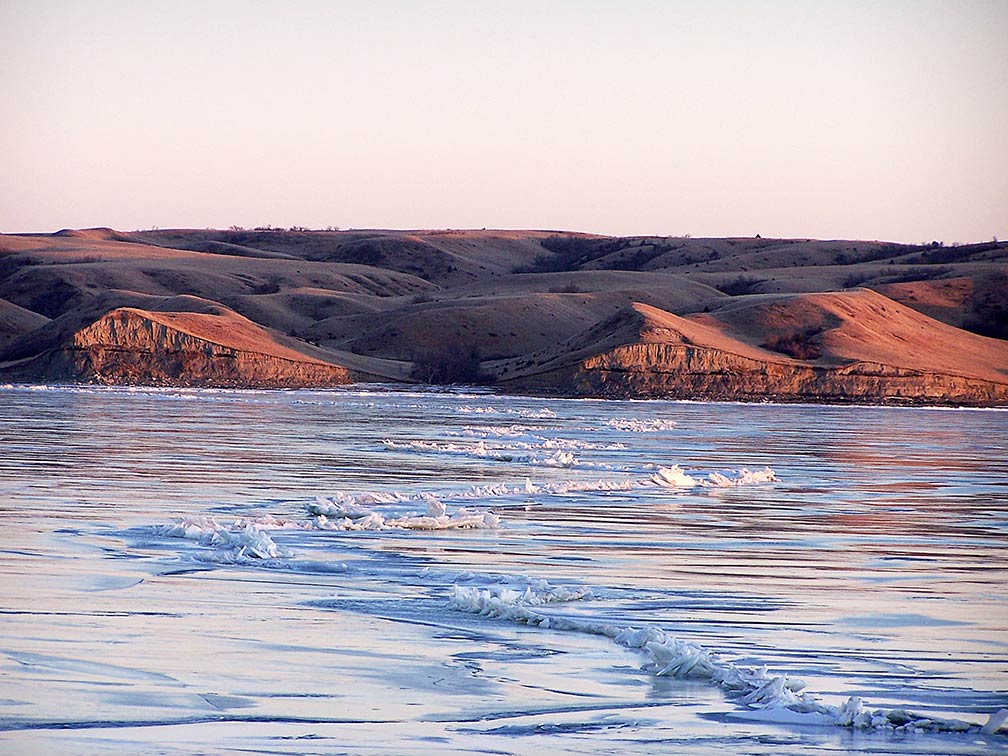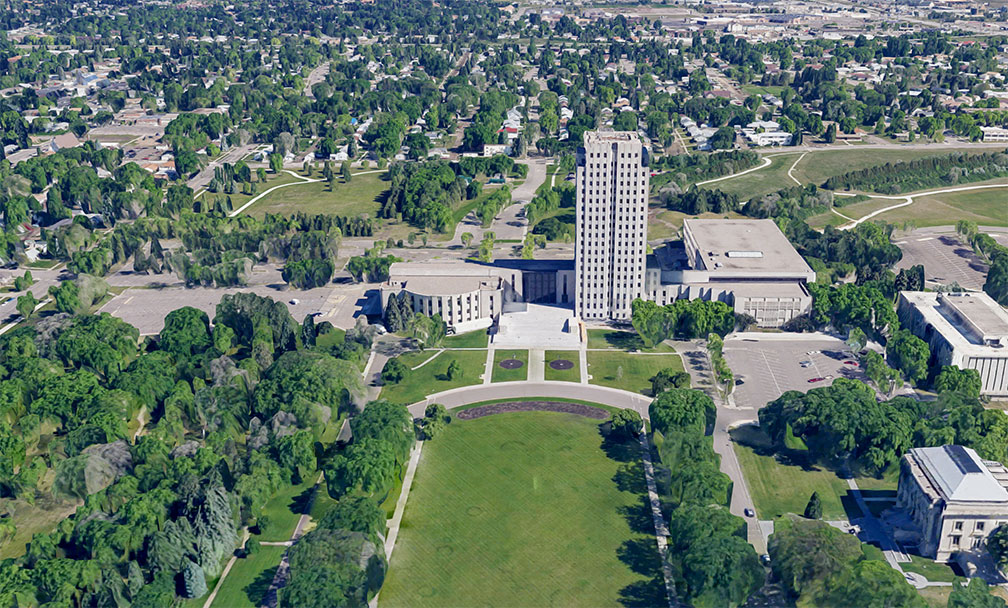Cities and Towns in North Dakota
The map shows the location of following cities and towns in North Dakota.
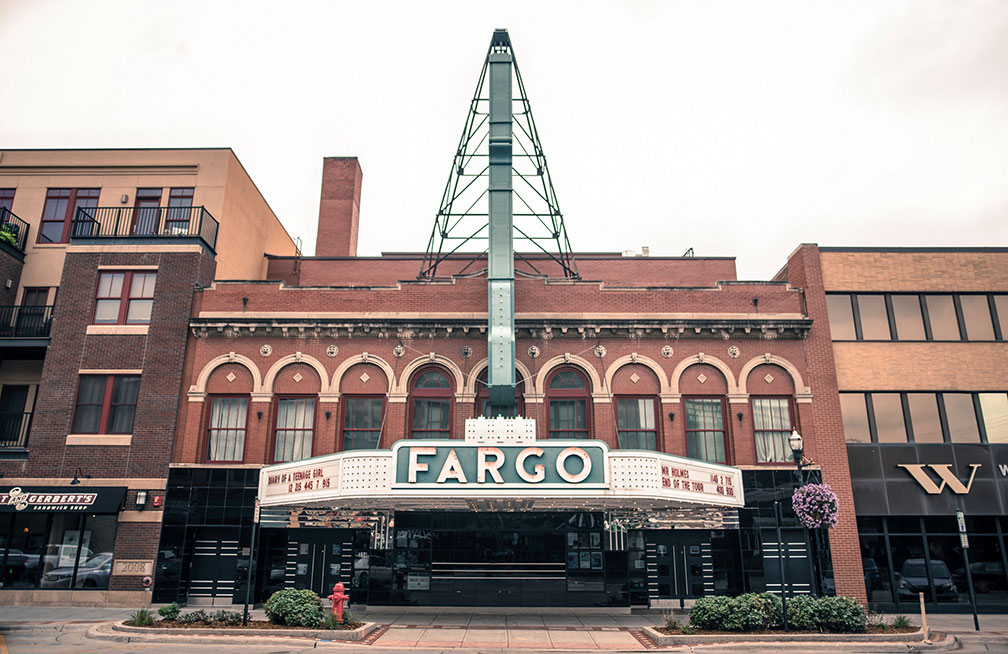 The iconic Fargo Theatre, an art deco movie theater in downtown Fargo, the most populous city in North Dakota.
The iconic Fargo Theatre, an art deco movie theater in downtown Fargo, the most populous city in North Dakota.
Image: katie wheeler
Largest cities in North Dakota with a population of more than 20,000 are
Fargo (124,000),
Bismarck (73,000), Grand Forks (57,000), Minot (47,300), West Fargo (part of Fargo–Moorhead Metropolitan Area, 36,500), Williston (27,000), Dickinson (22,700)
Population figures in 2018
Other cities and towns in North Dakota
Ashley, Beach, Belfield, Beulah, Bottineau, Bowman, Cando, Carrington, Carson, Cavalier, Cooperstown, Crosby, Devils Lake, Edgeley, Ellendale, Fort Yates, Garrison, Grafton, Harvey, Hettinger, Hillsboro, Jamestown, Kenmare, Lakota, Langdon, Linton, Lisbon, Mandan, McClusky, Mohall, Mott, Napoleon, New Town, Oakes, Pembina, Portal, Rocklake, Rugby, Stanley, Towner, Valley City, Wahpeton, Washburn, and Watford City.

